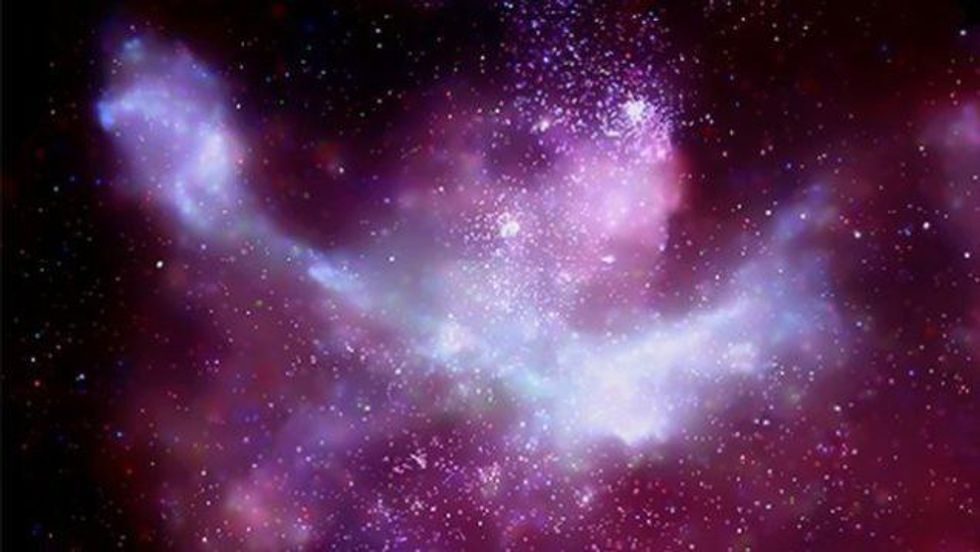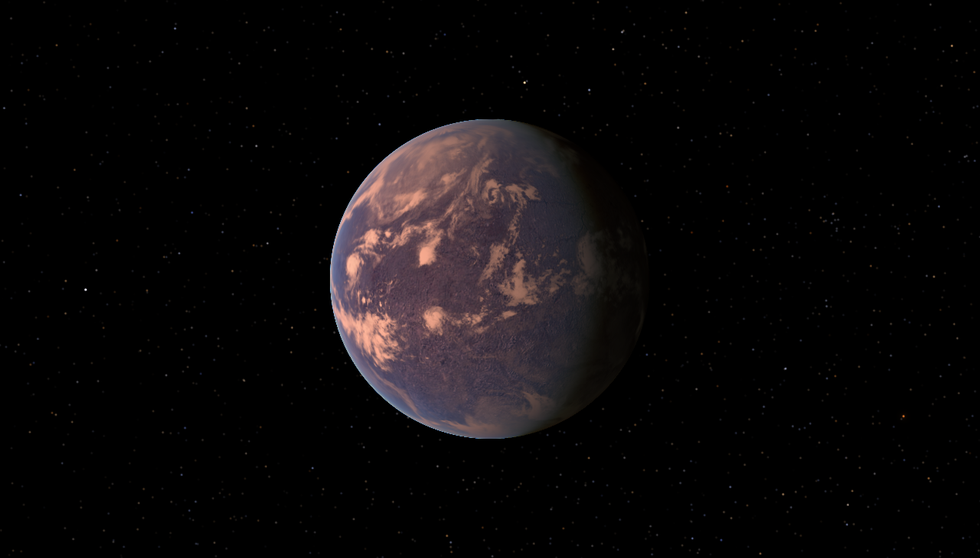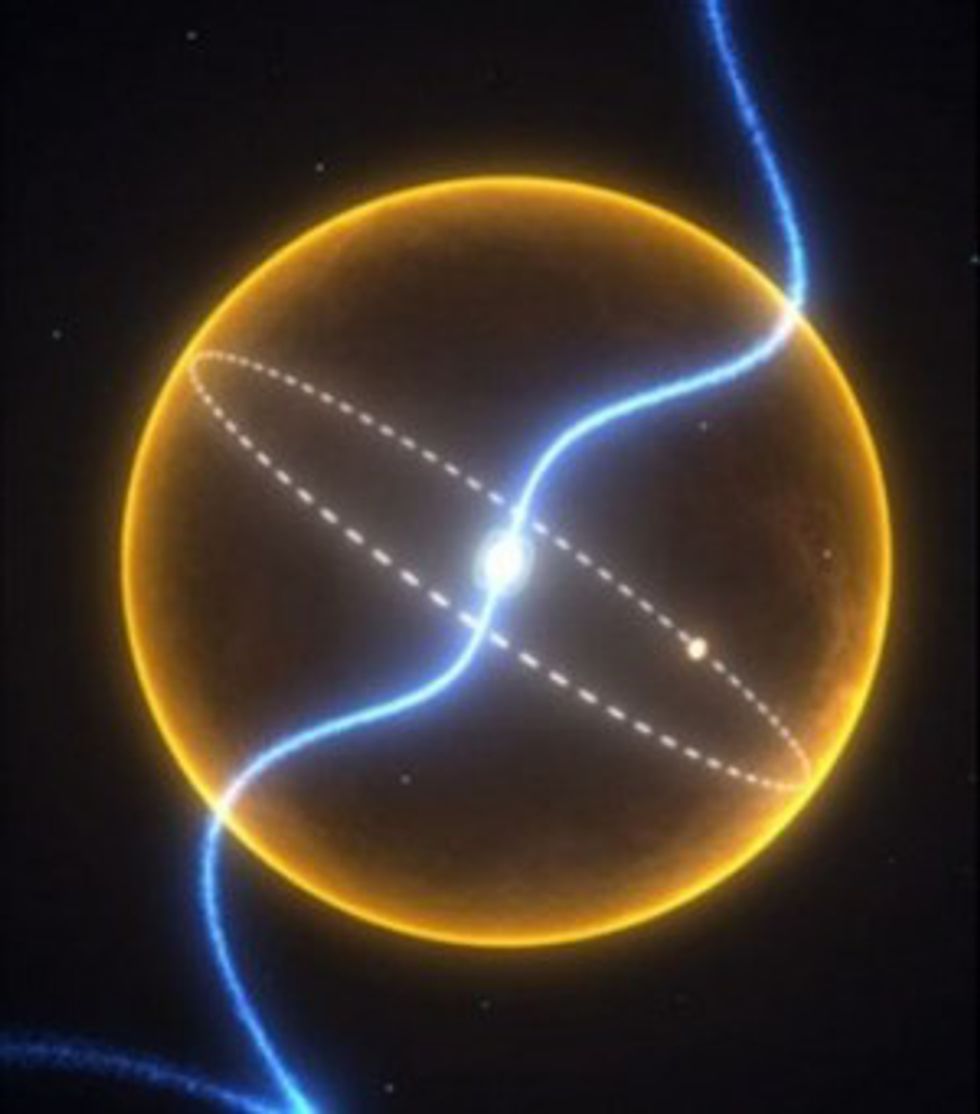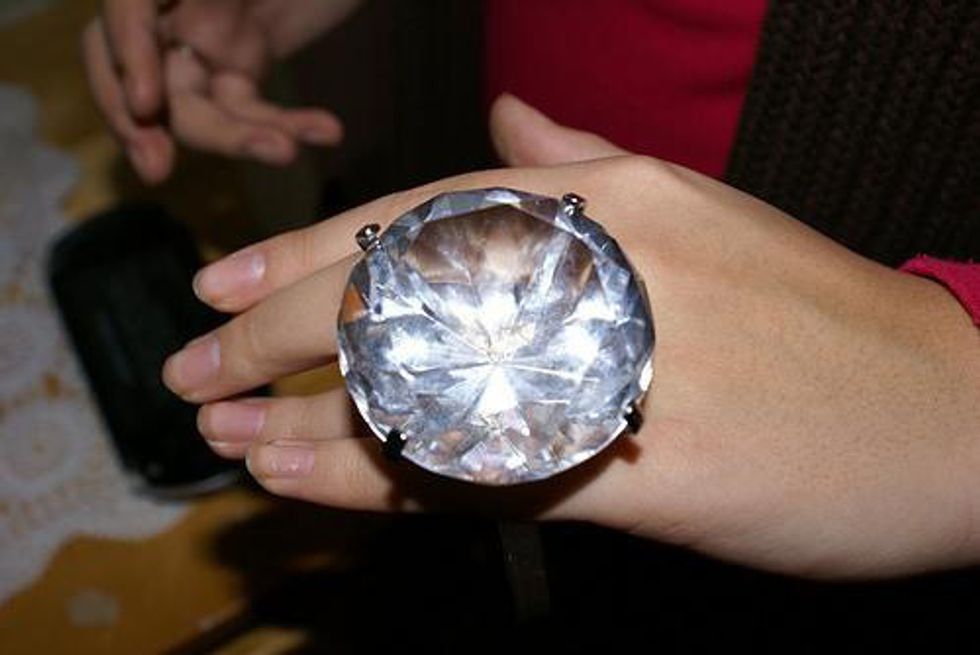Space. The final frontier. Great astronomers and philosophers theorized of the god-like things that must be out there, but even they could not dream of what actually inhabits it. For instance:
Kepler-186f - Earth 2.0
Also known as Earth’s twin, Kepler-186f orbits a red dwarf about half the size of our sun. Not much is known about this planet besides the fact that it is potentially habitable! Previous research suggests it is rocky and probably around 32 degrees Celsius (I said it was habitable, not great.) If you’re sick of the changing seasons on Earth, then Kepler-186f is for you! It has a circular orbit, which means it stays the same temperature year-round. One year on Kepler-186f is only 180 days, so if I tried to get into Bar 145 on Kepler, they’d let me in instead of rudely turning my 20-year-old self away (Space margaritas sound so cool.) Unfortunately, Kepler is about 500 light years away. Hopefully by the time we deplete Earth’s resources, we’ll have transportation advanced enough for us to jet off and deplete Kepler’s!
Sagittarius B2 - Booze Cloud
Speaking of space alcohol, there’s billions of gallons of the stuff just floating around out there in space. I’m talking about the Sagittarius B2 cloud, of course. This massive molecular cloud is made up mostly of gas, dust, and ethanol. Now, you won’t want to throw on a spacesuit and throw yourself into the void of space just yet. Sagittarius B2 is about 390 light years away, and most of the alcohol will kill you. Scientists have speculated that the cloud tastes like raspberries and smells like rum. This is due to the ethyl formate, a chemical responsible for giving raspberries their taste and rum its smell.
Gliese 581c - Hellscape
If living in literal Hell is more your style, then you should make Gliese 581c your future home. When it was first discovered, astronomers thought it was a potentially habitable planet. Upon further inspection, however, they soon realized living there would suck. For starters, Gliese is tidally locked, meaning one side always faces its sun, much like how our moon faces Earth. This means one side of the planet is hot enough to melt the flesh from your bones. The other side is so cold that you would freeze once you stepped foot on it. So really the only “habitable” part would be a thin strip between the two zones. Because its sun is a red dwarf, the light emitted would be red, and any plants on the planet would have to take in a lot of infrared light, turning them a nice, frightening black.
PSR j1719-1438b - Wedding Goals
Despite the long name and the fact that this planet is 100 percent uninhabitable, it is by far one of my favorites. PSR is a smidge bigger than Jupiter, and made entirely of diamond. It is composed of oxygen and carbon, and when you mix those elements with incredibly intense pressure, you get a sizeable wedding ring fit for a queen. A space queen, that is.
Think this, but like, a lot bigger.
VY Canis Majoris - Mega Sun
If you ever feel small and insignificant, do yourself a favor and don’t Google search how many Earths can fit into Jupiter. The answer is about 1,321. Let’s take that a step further. 1000 Jupiters can fit into the Sun. Still not feeling small enough? Then let me introduce you to VY Canis Majoris. Canis Majoris is a red hypergiant, which doesn’t sound that cool—oh wait it TOTALLY DOES. It’s also one billion times the size of our sun. No big deal.
Space is the endless expanse of mystery that we learn more and more about every day. It's the place we dreamed of exploring as children, and now, as adults, we see that the sheer size is nearly impossible to comprehend. To quote one of our world's greatest thinkers, "Astronomy compels the soul to look upward, and leads us from this world to another. " - Plato, 342 BCE.
























